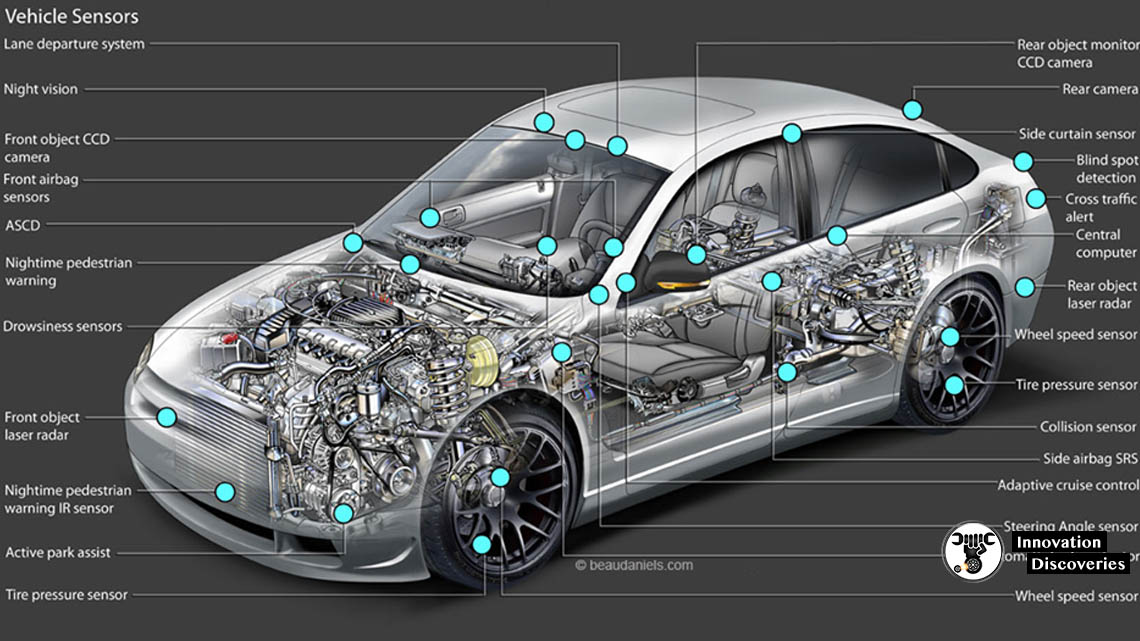
Introduction:
In the world of modern automobiles, sensors play a pivotal role in ensuring optimal performance, safety, and efficiency.
These sensors are the eyes and ears of your vehicle, constantly gathering data and communicating with the onboard computer systems to make split-second decisions.
Understanding the functions and types of vehicle sensors is essential for both mechanics and car owners alike to comprehend the intricate workings of today’s automobiles.
Function of Vehicle Sensors:
Vehicle sensors serve various functions, ranging from monitoring critical components to enhancing driver assistance systems.
These sensors detect changes in the vehicle’s environment and provide real-time data to the onboard computer, allowing for immediate adjustments and responses.
Whether it’s measuring temperature, pressure, speed, or detecting potential hazards, sensors are indispensable in ensuring smooth operation and safety on the road.
TYPES OF SENSORS
1. Position sensors (distance/angle sensors)
These sensors determine the position of various components such as throttle position, wheel speed, and steering angle, enabling precise control and feedback.
- Throttle Position Sensor (TPS): Monitors the position of the throttle valve, providing feedback to the engine control unit for precise fuel delivery and engine response.
- Wheel Speed Sensors: Measure the rotational speed of each wheel, essential for functions like ABS, traction control, and stability control.
- Steering Angle Sensor: Detects the angle of the steering wheel, aiding in electronic stability control and steering assistance systems.
Position sensors are used to capture the position of
- The throttle valve
- From the accelerator or brake pedal
- Concerning the steering angle,
- Of the angle of tilt, etc.
SEE MORE:
2. Speed and velocity sensors
Used to measure the speed of the vehicle and its components, crucial for functions like ABS (Anti-lock Braking System) and traction control.
- Vehicle Speed Sensor (VSS): Determines the speed of the vehicle by measuring the rotational speed of a component like the transmission output shaft or a wheel.
- Transmission Speed Sensors: Monitor the speed of various components within the transmission, facilitating smooth gear shifts and optimal performance.
Speed and velocity sensors are used to determine
- The speed of crankshafts,
- camshafts and
- Diesel injection pumps or
- Wheel speeds.
Also, read – Difference Between Crankshaft And Camshaft
3. Acceleration sensors
Detect changes in acceleration, aiding in the operation of stability control systems and airbag deployment.
- G-Force Sensors: Measure the vehicle’s acceleration in multiple directions, providing data for traction control, rollover prevention, and electronic stability control.
- Airbag Crash Sensors: Detect rapid deceleration indicative of a collision, triggering the deployment of airbags to protect occupants.
Also, read – ANTI-LOCK BRAKING SYSTEM (ABS): COMPONENTS, TYPES AND WORKING PRINCIPLE
4. Pressure sensors
- Fuel Pressure Sensor: Monitors the pressure of the fuel system, ensuring proper fuel delivery and preventing engine misfires or stalls.
- Oil Pressure Sensor: Measures the oil pressure within the engine, alerting the driver to low oil pressure conditions that could lead to engine damage.
- Tire Pressure Monitoring Sensor (TPMS): Detects variations in tire pressure and alerts the driver to underinflated tires, improving fuel efficiency and tire longevity.
Pressure sensors are used to capture a wide variety of pressures including
- Suction or charging pressure,
- Fuel pressure, brake pressure,
- Tire pressure,
- Hydraulic reservoir pressure (for ABS and power steering),
- Refrigerant pressure (air conditioning system),
- Modulation pressure (automatic transmission) and so on.
Also, read
5. Temperature sensors
Measure temperature variations in the engine, transmission, and coolant, preventing overheating and potential damage.
- Engine Coolant Temperature Sensor (ECT): Measures the temperature of the engine coolant, allowing the engine control unit to adjust fuel injection and ignition timing for optimal performance and emissions.
- Transmission Fluid Temperature Sensor: Monitors the temperature of the transmission fluid, preventing overheating and ensuring smooth gear shifts.
- Ambient Air Temperature Sensor: Detects the temperature of the surrounding air, influencing climate control systems and engine performance.
E.g. in the context of measuring
- Suction or charge air temperature,
- Ambient and interior temperatures,
- Evaporator temperature (air conditioning system),
- Coolant temperature,
- Engine oil temperature,
- Tire air temperature and so on.
6. Force and torque sensors
Gauge forces acting on the vehicle, aiding in systems like power steering and suspension control.
- Load Sensors: Measure the force exerted on various components such as suspension components, aiding in load balancing and vehicle stability.
- Torque Sensors: Monitor the torque output of the engine or individual wheels, assisting in traction control and power distribution.
- Pedal force,
- Drive,
- Brake and steering torque forces or
- The weight of the occupants of a vehicle (for adaptive restraint systems).
7. Flow-meters
Monitor fluid flow rates in fuel and exhaust systems, optimizing combustion efficiency and emissions.
- Mass Air Flow Sensor (MAF): Measures the mass of air entering the engine, allowing for precise fuel delivery and optimal combustion efficiency.
- Exhaust Gas Recirculation (EGR) Flow Sensor: Monitors the flow rate of exhaust gas recirculation, reducing nitrogen oxide emissions and improving fuel economy.
8. Gas sensors
Detect the presence of gases such as oxygen and nitrogen, crucial for fuel mixture regulation and emission control.
- Oxygen (O2) Sensors: Measure the oxygen content in the exhaust gases, providing feedback to the engine control unit for fuel mixture regulation and emission control.
- Nitrogen Oxide (NOx) Sensors: Detect the presence of nitrogen oxides in the exhaust, aiding in selective catalytic reduction (SCR) systems for emissions reduction.
Also, read – Fuel Injector Cleaning: Is It Truly Necessary For An Automobile?
EXAMPLES OF SENSORS FOR ENGINE CONTROL:
1. Pulse Sensor, Crankshaft:
- The crankshaft position sensor detects the rotational speed and position of the crankshaft. This information is crucial for determining ignition timing, fuel injection timing, and engine speed.
2. Camshaft Position Sensor:
- The camshaft position sensor monitors the position and rotational speed of the camshaft. It provides vital data for timing the opening and closing of engine valves, ensuring proper combustion timing and optimal engine performance.
3. Air Mass Meter:
- The air mass meter, also known as a mass airflow sensor (MAF), measures the mass of air entering the engine. This data is used to calculate the correct air-fuel mixture for combustion, optimizing engine efficiency and emissions.
4. Intake Air Temperature/Outside Temperature/Interior Temperature Sensors:
- These sensors measure the temperature of the intake air, ambient air outside the vehicle, and interior cabin temperature, respectively. Temperature data is essential for adjusting fuel injection, ignition timing, and HVAC (Heating, Ventilation, and Air Conditioning) system operation.
5. Coolant Temperature Sensor:
- The coolant temperature sensor monitors the temperature of the engine coolant. This information is used by the engine control unit (ECU) to regulate fuel delivery, ignition timing, and cooling system operation to prevent overheating and ensure optimal engine performance.
6. Throttle Position Sensor:
- The throttle position sensor (TPS) detects the position of the throttle valve. It provides feedback to the ECU, allowing it to adjust fuel delivery and engine performance based on driver input, such as accelerator pedal position.
7. Knock Sensors:
- Knock sensors detect engine knock or detonation, which occurs when the air-fuel mixture ignites prematurely in the combustion chamber. The ECU uses this information to adjust ignition timing and prevent damage to the engine, optimizing performance and durability.
8. Intake Pipe Pressure Sensor:
- Intake pipe pressure sensors, also known as manifold absolute pressure (MAP) sensors, measure the pressure inside the intake manifold. This data helps the ECU calculate engine load and adjust fuel delivery and ignition timing accordingly, ensuring efficient combustion under varying driving conditions.
9. Oxygen Sensors:
- Oxygen sensors, located in the exhaust system, monitor the oxygen content in the exhaust gases. This information is used by the ECU to adjust fuel delivery in real-time, maintaining the optimal air-fuel ratio for efficient combustion and reducing harmful emissions.
These sensors work together to provide the ECU with vital data for precise engine control, ensuring smooth operation, optimal performance, and compliance with emissions regulations. Proper maintenance and calibration of these sensors are essential for maintaining engine efficiency and longevity.
EXAMPLES OF SENSORS FROM CAR BODY ELECTRONICS:
1. Forward Collision Avoidance System (FCAS):
- Utilizing a combination of radar, lidar, and camera sensors, FCAS constantly monitors the road ahead for potential collisions. These sensors detect vehicles, pedestrians, and obstacles in the vehicle’s path. When a collision risk is identified, the system alerts the driver and can autonomously apply brakes to mitigate or avoid the impact.
2. Adaptive Cruise Control (ACC):
- ACC employs radar or lidar sensors to maintain a safe following distance from the vehicle ahead. By continuously measuring the distance and relative speed of nearby vehicles, ACC adjusts the vehicle’s speed accordingly. This allows for a more relaxed driving experience, especially in heavy traffic conditions.
3. Lane Departure Warning and Prevention System (LDWPS):
- LDWPS utilizes cameras or infrared sensors to monitor lane markings and the vehicle’s position within its lane. If the system detects unintended lane departure without signaling, it alerts the driver through visual, auditory, or haptic feedback. Some advanced systems can even intervene by gently steering the vehicle back into its lane.
4. Blindspot Detection System (BSD):
- BSD employs radar or ultrasonic sensors to monitor the vehicle’s blind spots, typically areas not visible to the driver’s mirrors. When a vehicle enters the blind spot, the system issues a warning to the driver, often through illuminated indicators on the side mirrors or in the interior. This helps prevent accidents during lane changes or merging maneuvers.
5. Park Assist and Backover Prevention System:
- Park assist systems use ultrasonic sensors or cameras to aid drivers in parking maneuvers. These sensors detect nearby objects, including vehicles, pedestrians, or obstacles, and provide visual and auditory cues to assist with parking. Additionally, backover prevention systems utilize sensors to detect objects or pedestrians behind the vehicle while backing up, issuing warnings to the driver and, in some cases, automatically applying brakes to prevent collisions.
6. Adaptive Headlight:
- Adaptive headlight systems use sensors to monitor various parameters such as vehicle speed, steering angle, and ambient lighting conditions. Based on this data, the headlights can adjust their direction and intensity to illuminate the road ahead more effectively. This improves visibility during nighttime driving and enhances safety by providing better illumination around curves and corners.
7. Fatigue Warning Systems:
- Fatigue warning systems analyze driver behavior using sensors such as steering angle sensors, lane departure sensors, and infrared cameras. By monitoring signs of drowsiness or inattention, such as erratic steering or lane drifting, the system alerts the driver to take a break or rest. Some systems may even suggest nearby rest areas or coffee shops for the driver’s convenience.
8. Curve Speed Warning System:
- Curve speed warning systems utilize GPS, inertial sensors, and digital maps to estimate the vehicle’s speed and position relative to upcoming curves in the road. If the vehicle is approaching a curve at an unsafe speed, the system issues a warning to the driver, prompting them to slow down and navigate the curve safely. This helps prevent accidents due to excessive speed in corners and curves.
By integrating these advanced sensor technologies into car body electronics, modern vehicles offer enhanced safety, convenience, and driving experience for drivers and passengers alike. These systems not only assist drivers in avoiding accidents but also contribute to the overall evolution of automotive safety standards.
Conclusion:
Vehicle sensors are the unsung heroes of modern automobiles, silently working behind the scenes to ensure optimal performance, safety, and efficiency.
Understanding the functions and types of sensors is crucial for both mechanics and car owners, as it enables proactive maintenance and enhances overall driving experience.
As automotive technology continues to evolve, so too will the role of sensors in shaping the future of mobility. Stay informed, stay safe, and embrace the power of vehicle sensors in your journey on the road.
Visit Forum
Visit Our Friendly Website

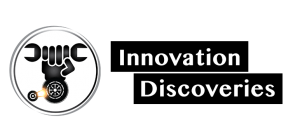
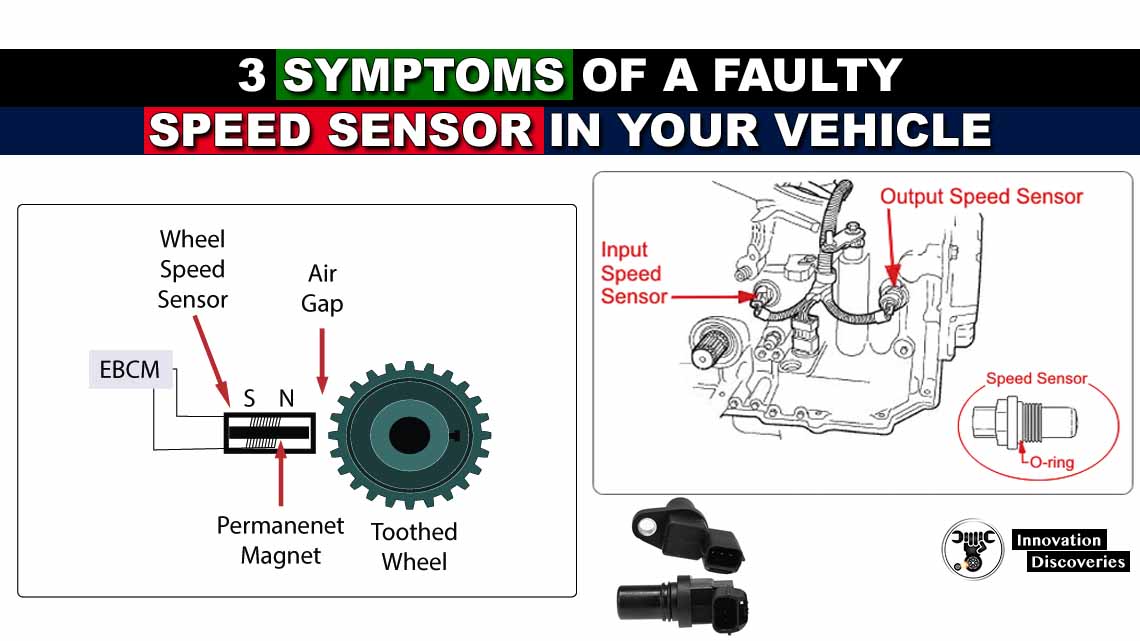

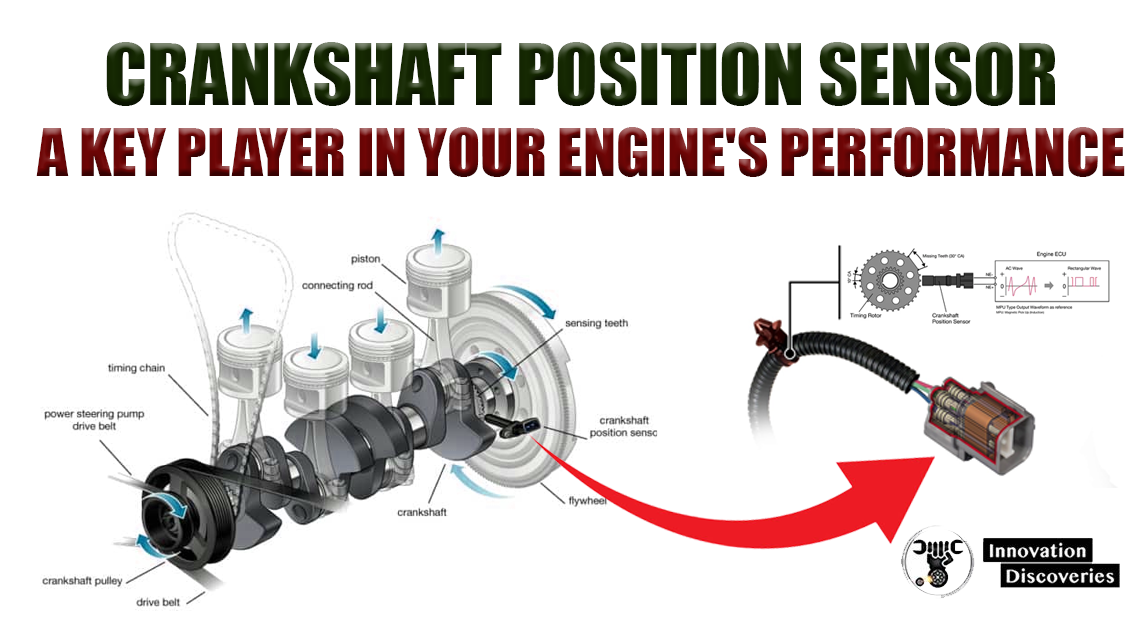
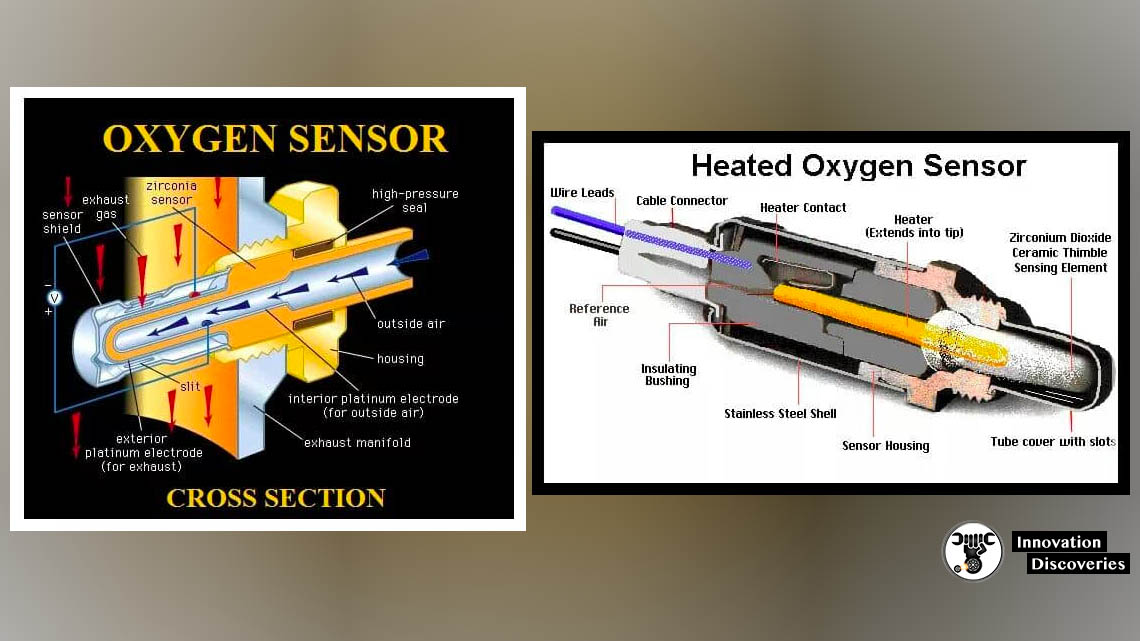
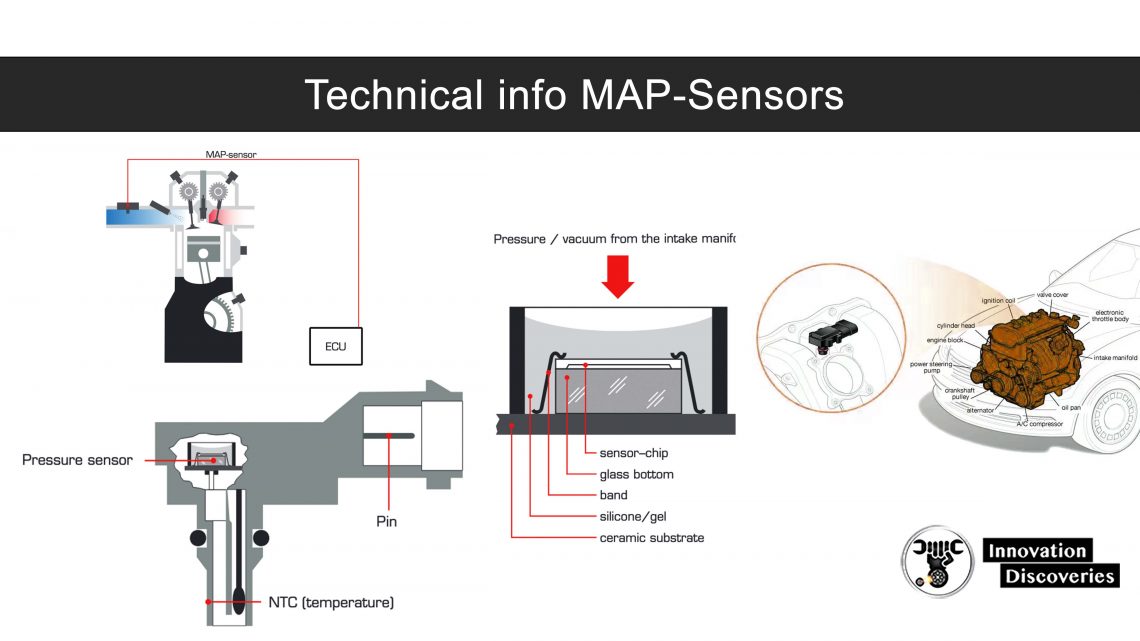

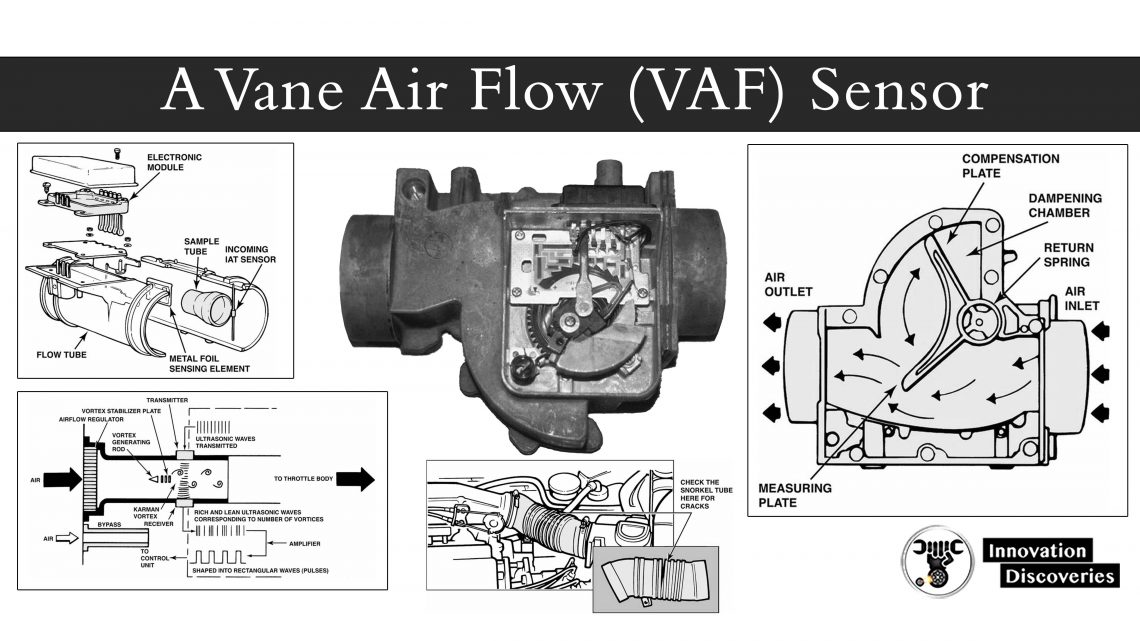
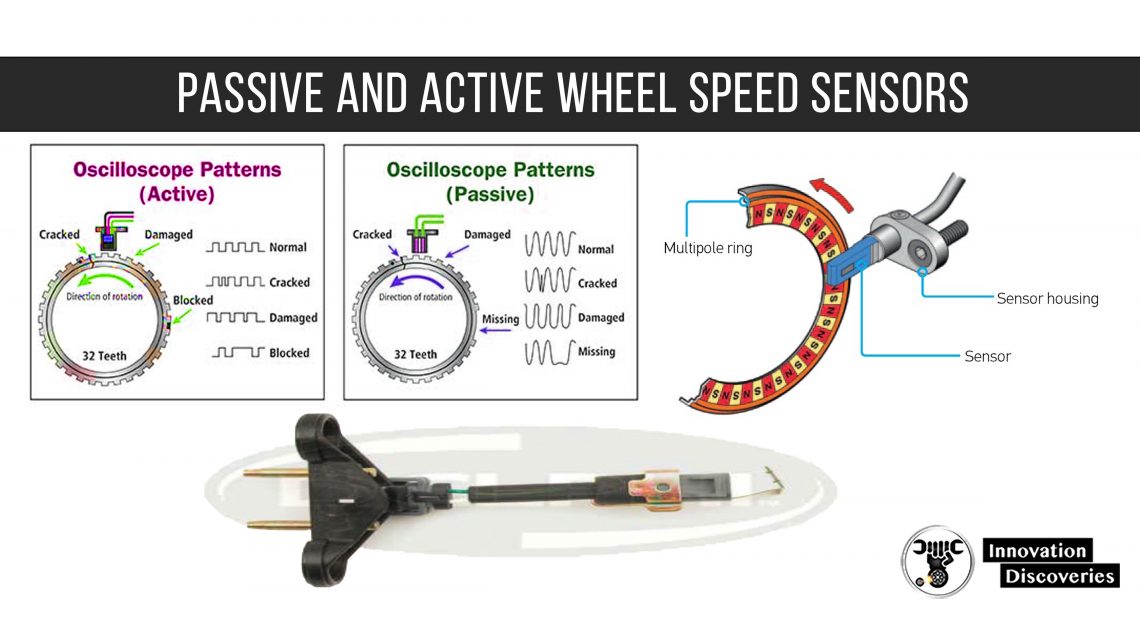

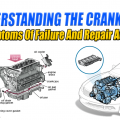

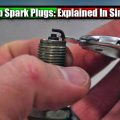
11 Comments